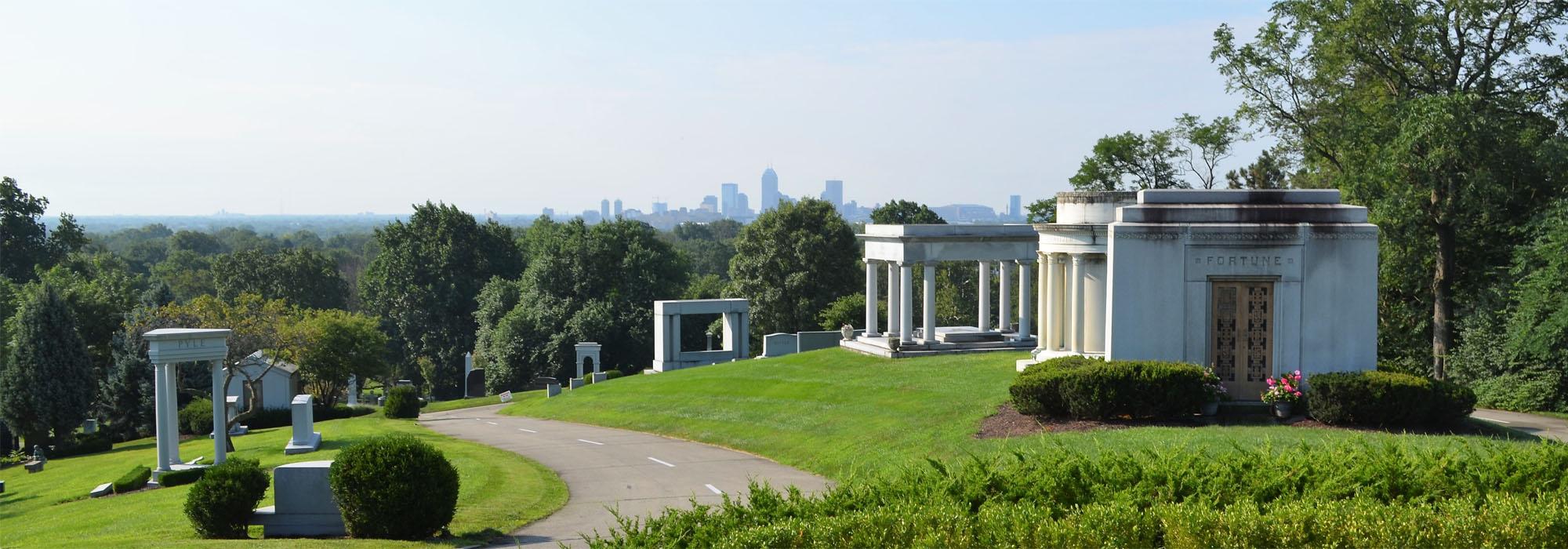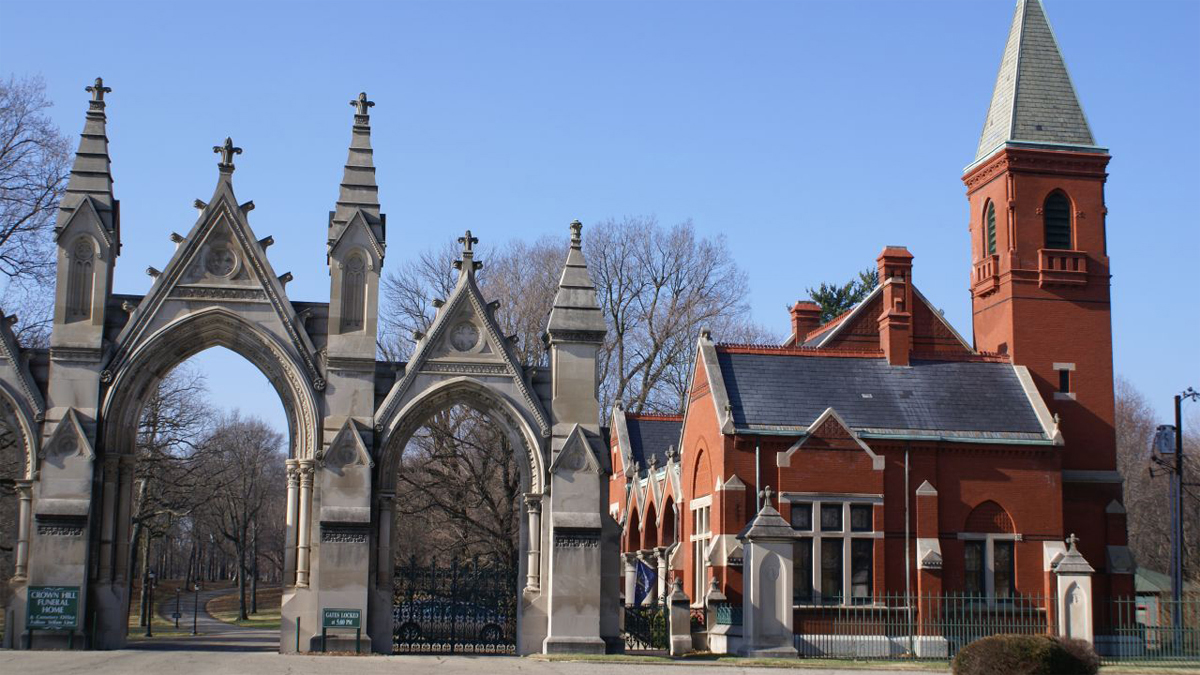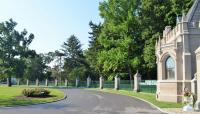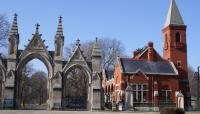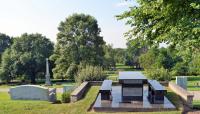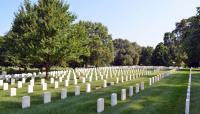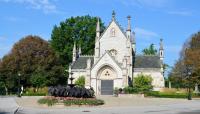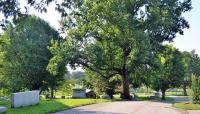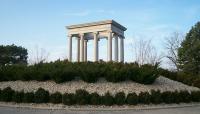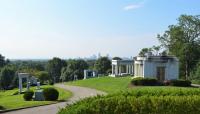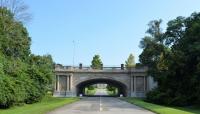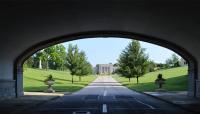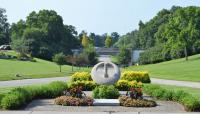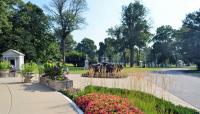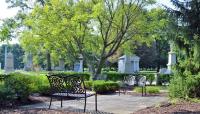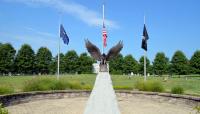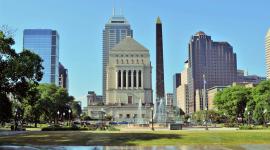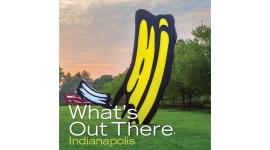Landscape Information
Founded in 1863 to meet the needs of a growing city as well as the demands wrought by the Civil War, Crown Hill was sited upon 236 acres of farmland on a prominent hilltop outside of the city. It was laid out by Pittsburgh landscape designer John Chislett, who accentuated the naturally hilly topography with meandering roads that crisscross the site and pathways interspersed with tree plantings and grassy meadows. Upon Chislett’s death in 1869, his son, Frederick Chislett, was hired to implement his design and act as the cemetery’s superintendent. The design was strongly influenced by Adolph Strauch’s work at Spring Grove Cemetery in Cincinnati, Ohio. A Gothic Revival chapel by Dietrich Bohlen was erected in 1875, and Adolph Scherrer designed the Gothic Revival entrance gate on Boulevard Street in 1885. The cemetery is partially enclosed in a red brick and wrought iron fence, which was designed by George Kessler in 1914 and encloses three-quarters of the South Grounds. In 1866, the U.S. Government purchased 1.4 acres in Crown Hill to create a National Cemetery and interred 707 soldiers there. The cemetery also includes the remains of 1,616 Confederate soldiers who died at Camp Morton, which were relocated from the city’s older cemetery, Greenlawn, in 1931. Crown Hill now encompasses 555 acres and 25 miles of roads, and with more than 185,000 graves it is the third largest non-governmental cemetery in the U.S. It was listed in the National Register of Historic Places in 1973.



